This post reveals how to solve the most common motorcycle issues. Additionally, there is maintenance advice for your motorcycle. Simply follow these instructions to keep your bike in good working order.
Motorcycles occasionally get into minor issues, just like any other vehicle requiring some TLC to get them back on track. Therefore, your bike’s unexpected, unusual behavior is not cause for concern. You might be curious about the origin and best course of action for the issue with your motorcycle. Happily, you’re not by yourself.
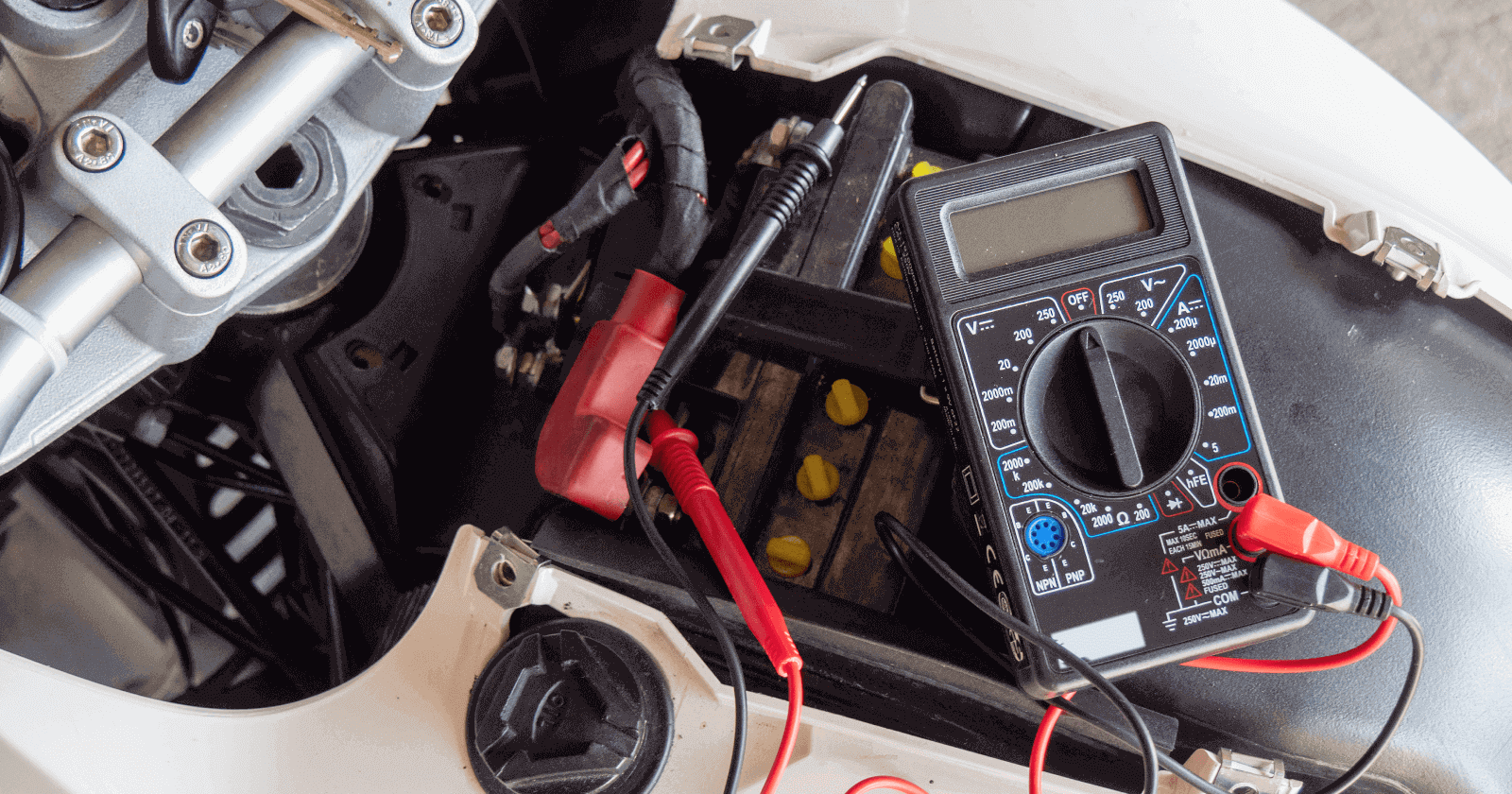
Read Also: The Importance of Motorcycle Gear in Preventing Injuries
Most Common Motorcycle Problems and How to Fix Them
1. Troubleshooting a motorcycle
If your motorcycle doesn’t start, you might want to try to solve the issue on your own to save money on repairs. You can identify the issue by quickly checking the battery’s voltage. If the voltage is too low, your bike’s battery won’t receive enough charge to start. The battery should be changed or completely charged. After that, check the electrical output with a voltmeter. Before attempting any repairs, be sure to read the instruction manual carefully.
The fuel injector can be the source of a few common problems. After the engine idles, fuel hardens, which may affect starting and general performance. This problem can be resolved by cleaning the injector as instructed by the manufacturer. Make an appointment with a mechanic for a complete inspection if the issue continues. Take notice of any cautionary indications and keep a record of any symptoms you experience. Make sure the gasoline system of the motorcycle is kept up up-to-date because it is another frequent source of issues.
Incorrect ignition system: If your acceleration is low, the ignition system may be at fault. If required, carefully inspect these parts and replace them. Before changing the wiring, you should examine it for flaws and the earth connection. Ensure every candle produces strong sparks, and replace any weak or broken ones with fresh ones. After a thorough inspection, you can then move on to testing the motorcycle’s other electrical parts.
2. Checking for rust
There are several techniques to examine your motorcycle for rust. Inspecting the chain to see if it has rusted is crucial, as this could lead to significant issues in the future. Fortunately, minor rusty areas are extremely simple to fix. The entire gas tank or frame may need to be replaced if there are large areas because they are significantly more difficult to repair.
Checking for moisture on the bike is the first step in rust removal. Metals that are exposed to oxygen and moisture start to rust. Metals do not rust naturally; hence it is not a natural process. For oxidation to start, they require the addition of moisture. As a result, chains and motorcycles are particularly prone to rust. Fortunately, there are ways to stop rust before it starts.
The fuel tank should also be checked for rusting. Make sure there isn’t too much sediment in the tank or that it is overfilled. It could result in fuel leaks and impair its functionality. The tubes can also be checked for nicks similarly. These are indications that your motorcycle has rusted parts and will need to be repaired if you spot any. Fortunately, there are fixes for all of these issues.
3. Checking for clogged fuel injectors
There are two ways to check for clogged fuel injectors on a motorcycle. Fuel is distributed throughout the engine through injection systems called TBI systems. A dirty nozzle can greatly impact engine performance. Additionally, this risk is increased by the number of injectors in a motorcycle’s engine. Since modern engines employ internal sensors and computers to mix fuel properly, the early signs of clogged fuel injectors might be difficult to detect.
A test-light clip is connected to a bare metal bracket or bolt on the motorcycle’s engine to see if the fuel injectors are clogged. Attach the test light clip to the fuel injector’s electrical connector. Next, attach a test light to the wiring harness’s two connections. The injector receives the pulse signal from the computer if the test light illuminates. If not, the injector has to be replaced since it is clogged.
4. Checking for seized pistons
You know how dangerous they can be if you’ve ever driven a motorcycle with a seized piston. Your motorcycle engine problems and bearings may become faulty, and even endo can result from these seized pistons. You must grease the pistons in order to resolve this issue. It can be accomplished by removing the spark plugs and lubricating the holes immediately leading to each piston’s top. Thanks to this, you can identify which cylinder is problematic. Various lubricants are available for this use, some of which are penetrating.
5. Checking for drained batteries
There are numerous signs of a motorcycle battery discharge. When you start the bicycle, you might hear a clicking sound. It is a sign that the battery is running low. You might need to charge the battery if you hear the same sounds repeatedly. Use a volt-ohm meter to check the battery’s voltage. It is probably a leak circuit if the reading is less than twenty volts per cell.
A motorbike battery should always maintain a voltage of around 12.5 volts. When the motorcycle is started, it should increase by 13.8 to 14.5 volts. The motorcycle’s charging system is probably broken if the voltage exceeds this range. Consult your motorcycle maintenance manual or a professional if the battery warning light is on. The battery in your motorcycle may be damaged if the battery light does not illuminate.
6. Checking for misaligned tires
There are numerous easy ways to determine if the tires on your motorcycle are mismatched. Your incorrect tires may be causing your motorcycle to drift or stop turning properly, whether riding it on a highway or a dirt road. You should take your motorcycle to a repair shop to examine your tires’ alignment. Tires with cups make noise, particularly on highways. If you’ve observed any of these signs, you should have your motorcycle’s tires checked immediately.
Look for a straight edge to examine the alignment of the front forks on your motorcycle. A straight edge is available from hardware stores or online. Two straight edges can also be used to estimate the difference visually. Ensure the edges are at least 60 inches apart and long enough to reach the midline of the wheel. If you’re hesitant, a 72-inch straight edge is a safe bet.
Conclusion
Every machine will eventually have problems. Many issues that motorcycle riders run with can be avoided with routine maintenance and the occasional visual inspection. Knowing about these common motorcycle issues will help you avoid them more frequently and enjoy your motorcycle rides rather than having to spend more time correcting them if you own a bike or are considering buying one.
FAQ’s
Some common motorcycle issues include starting problems, electrical issues, engine performance problems, fuel system malfunctions, and braking system faults.
Begin by inspecting the battery terminals and connections to ensure they are clean and tight. Check the fuses and relays for any signs of damage. If the issue persists, you may need to consult a professional for a more in-depth diagnosis.
Begin by checking the air filter to ensure it is clean and unclogged. Inspect the spark plugs and replace them if necessary. If the issue continues, check the fuel system, including the fuel filter and carburetor, for any obstructions or malfunctions.
Locate the source of the oil leak by inspecting the engine and other components. Tighten any loose bolts or connections. Replace worn gaskets or seals if necessary. If the leak persists, it is advisable to have a professional mechanic diagnose and repair the issue.


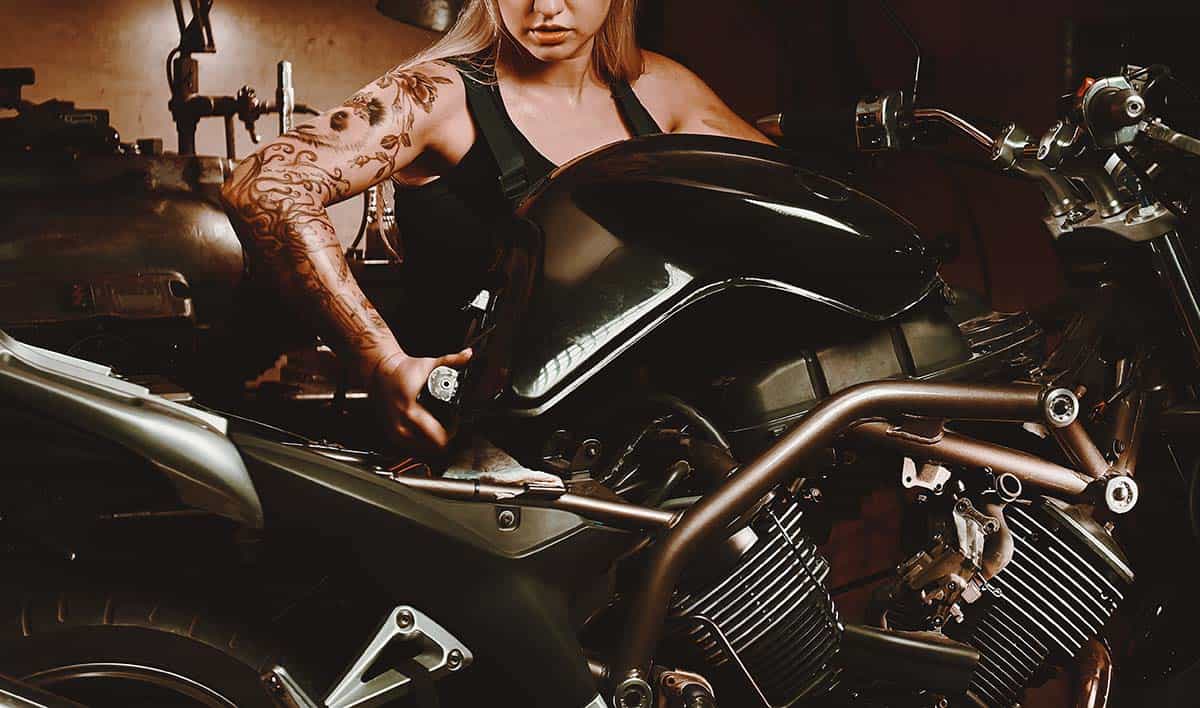




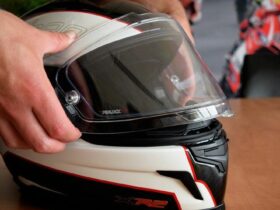




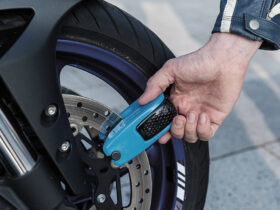
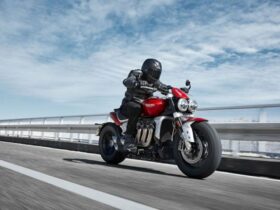
Leave a Reply